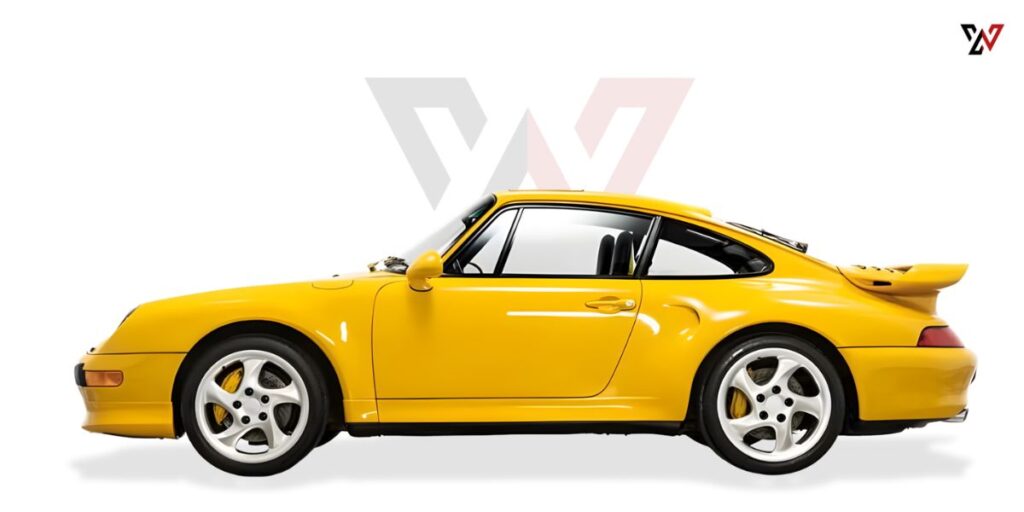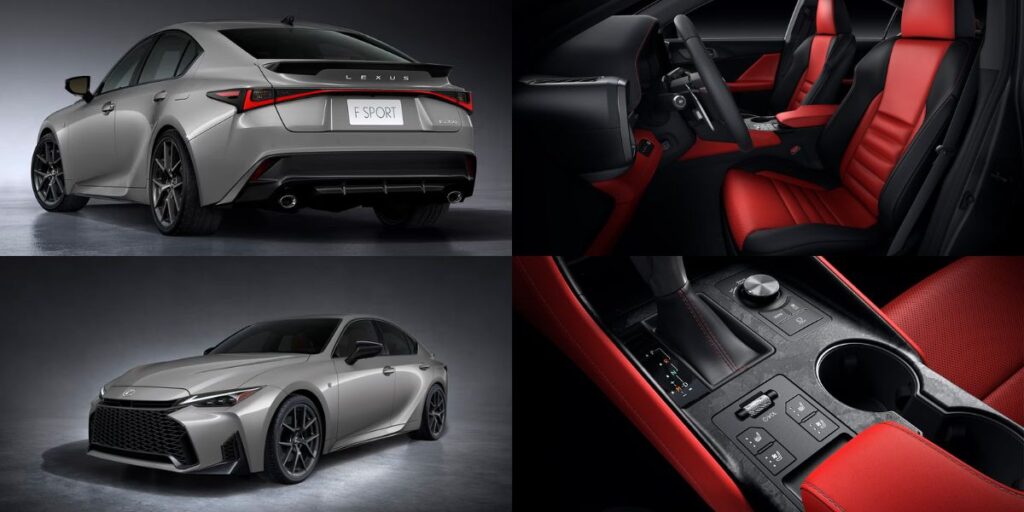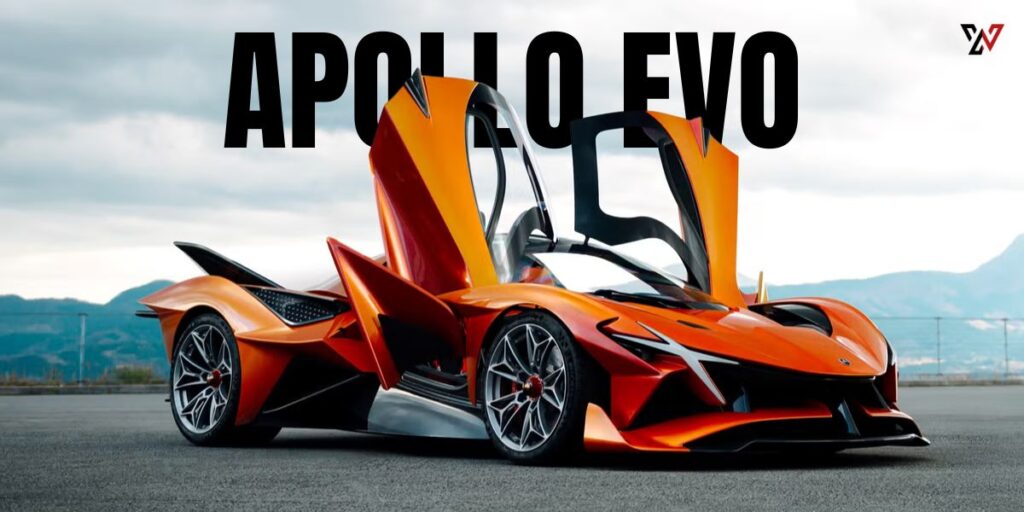
Would You Spend $2.4 Million on a 94-Mile 1997 Porsche 911 Turbo S?
A 1997 Porsche 911 Turbo S with only 94 miles on the odometer is up for grabs for $2.4 million. Here’s why collectors are calling it one of the rarest air-cooled Porsches ever made.
Are you in the market for a new car and wondering how frequently car dealerships refresh their inventory? It’s a common question among potential buyers, and understanding the dynamics behind inventory turnover can be crucial for making informed purchasing decisions.
In this guide, we’ll delve into the intricacies of dealership inventory management and explore how often car dealerships typically receive new stock.
Car dealerships operate in a highly competitive market where staying updated with the latest models and trends is essential to attract customers. Inventory turnover refers to how quickly dealerships sell and replace their stock. The frequency of inventory turnover can vary depending on various factors such as market demand, dealership size, location, and the brand’s production cycle.
Dealerships closely monitor market demand trends to adjust their inventory levels accordingly. High-demand vehicles may prompt more frequent inventory updates to meet customer needs and capitalize on popular models.
Seasonal fluctuations play a significant role in inventory management. For example, dealerships might receive more SUVs and trucks during the winter months to cater to customers’ preferences for vehicles suitable for inclement weather conditions.
Car manufacturers have their production schedules, which dictate when new models are released. Dealerships receive fresh inventory following these production cycles, with major updates typically occurring annually or biannually.
Slow-moving inventory may prompt dealerships to refresh their stock more frequently. Vehicles that linger on the lot for an extended period may undergo price adjustments or promotions to spur sales.
While there isn’t a one-size-fits-all answer to how often car dealerships get new inventory, most dealerships aim to maintain a steady flow of fresh stock to keep their showroom appealing to potential buyers. On average, dealerships receive new inventory every 30 to 60 days. However, this timeline can vary based on the factors mentioned earlier.
Keep yourself updated on upcoming model releases and dealership promotions. Following automotive news websites and subscribing to dealership newsletters can provide valuable insights into new inventory arrivals.
If you have your eye on a specific model, timing your visit to the dealership shortly after a new inventory refresh can increase your chances of finding the desired vehicle in stock.
With fresh inventory on the lot, dealerships may be more inclined to negotiate on pricing and offer incentives to move vehicles quickly. Don’t hesitate to negotiate terms that work in your favor.
Don’t limit yourself to one dealership. Exploring multiple dealerships in your area can help you compare inventory selection, pricing, and customer service.
The frequency at which car dealerships receive new inventory is influenced by various factors, including market demand, seasonal trends, manufacturer production schedules, and sales performance. While there’s no fixed timeline for inventory updates, most dealerships aim to refresh their stock every 30 to 60 days to keep their inventory current and attractive to customers. By staying informed and timing your visits strategically, you can maximize your chances of finding the perfect vehicle that meets your needs and budget. Happy car hunting!


A 1997 Porsche 911 Turbo S with only 94 miles on the odometer is up for grabs for $2.4 million. Here’s why collectors are calling it one of the rarest air-cooled Porsches ever made.

The 2026 Lexus IS gets its third major facelift, keeping the sport sedan fresh with updated styling, modern tech, and reliable performance. While the V8 IS 500 may not return, the IS 350 lineup continues to offer a compelling mix of luxury and sportiness.

The Apollo Evo is a limited-edition track-only hypercar powered by an 800-hp V-12 engine. Weighing under 2,900 pounds and hitting 60 mph in 2.7 seconds, only 10 units will be produced, making it one of the rarest hypercars in the world.

CarNewsWorld © 2024 | Website Managed by Infinutus